Velocity and Acceleration Worksheets
If you are a physics student or a teacher looking for worksheets to help reinforce concepts related to velocity and acceleration, you've come to the right place. In this blog post, we will provide a variety of worksheets that focus on these fundamental principles in a clear and concise manner.
Table of Images 👆
- Speed and Velocity Worksheets Middle School
- Speed and Velocity Worksheet Answer Key
- Newtons Second Law Worksheet Answers
- Acceleration Velocity Worksheet Answer Key
- Speed Velocity Acceleration Worksheet
- Distance Time Graph Worksheet
- Motion Vs. Time Graphs and Worksheets
- Force and Momentum Problems Worksheet Answers
- One-Dimensional Motion Physics Equations
- Motion Graphs
- Position and Velocity Time Graphs
More Other Worksheets
Kindergarten Worksheet My RoomSpanish Verb Worksheets
Cooking Vocabulary Worksheet
DNA Code Worksheet
Meiosis Worksheet Answer Key
Art Handouts and Worksheets
7 Elements of Art Worksheets
All Amendment Worksheet
Symmetry Art Worksheets
Daily Meal Planning Worksheet
What is velocity?
Velocity is a vector quantity that describes the rate at which an object changes its position. It includes both the speed of an object and the direction in which it is moving. Velocity is typically measured in units of distance per unit time, such as meters per second.
How is velocity different from speed?
Velocity and speed both involve the rate at which an object is moving, but they have a key distinction. Speed is a scalar quantity that represents the magnitude of motion without direction, while velocity is a vector quantity that includes both the magnitude and direction of motion. Therefore, velocity provides more information about an object's movement in terms of both speed and direction, whereas speed only indicates the rate of motion without considering direction.
What are the units of velocity?
The units of velocity are typically expressed as distance per unit of time, such as meters per second (m/s) in the International System of Units (SI). Other common units include kilometers per hour (km/h) and miles per hour (mph).
How is velocity calculated?
Velocity is calculated by dividing the displacement of an object by the time taken to cover that displacement. The formula for calculating velocity is V = ?x/?t, where V represents velocity, ?x represents displacement, and ?t represents the time taken. Velocity is a vector quantity and includes both the speed and direction of an object's motion.
What does a negative velocity indicate?
A negative velocity indicates that the object is moving in the opposite direction of the chosen positive direction. In other words, if positive velocity represents motion to the right, negative velocity would represent motion to the left. This means that the object is moving in the negative direction along the chosen axis.
What is acceleration?
Acceleration is the rate at which an object changes its velocity over time. It can be a change in speed, direction, or both. When an object accelerates, it is either speeding up, slowing down, or changing direction. Acceleration is a vector quantity, meaning it has both magnitude and direction.
How is acceleration different from velocity?
Acceleration and velocity are related but different concepts in physics. Velocity measures the rate at which an object changes its position over time, including the speed and direction of its motion. On the other hand, acceleration measures the rate at which an object's velocity changes over time, indicating how quickly the velocity is increasing or decreasing. Essentially, velocity is the rate of change of position, while acceleration is the rate of change of velocity.
What are the units of acceleration?
The units of acceleration are meters per second squared (m/sē) in the metric system or feet per second squared (ft/sē) in the imperial system.
How is acceleration calculated?
Acceleration is calculated by dividing the change in velocity by the time interval over which the change occurs. The formula for acceleration is: Acceleration = (Final velocity - Initial velocity) / Time. The units of acceleration are typically meters per second squared (m/sē) in the metric system.
What does a negative acceleration indicate?
A negative acceleration indicates that the object is slowing down or decelerating. It means that the velocity of the object is decreasing over time. Negative acceleration can be caused by factors such as friction, drag, or a force acting in the opposite direction of the object's motion.
Have something to share?
Who is Worksheeto?
At Worksheeto, we are committed to delivering an extensive and varied portfolio of superior quality worksheets, designed to address the educational demands of students, educators, and parents.

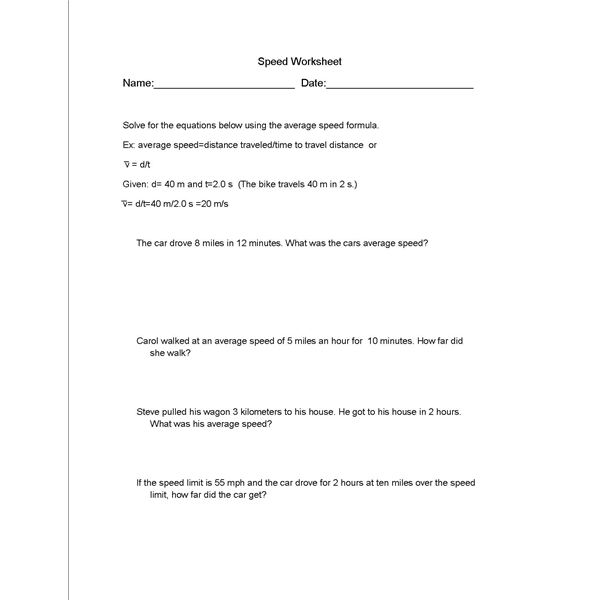



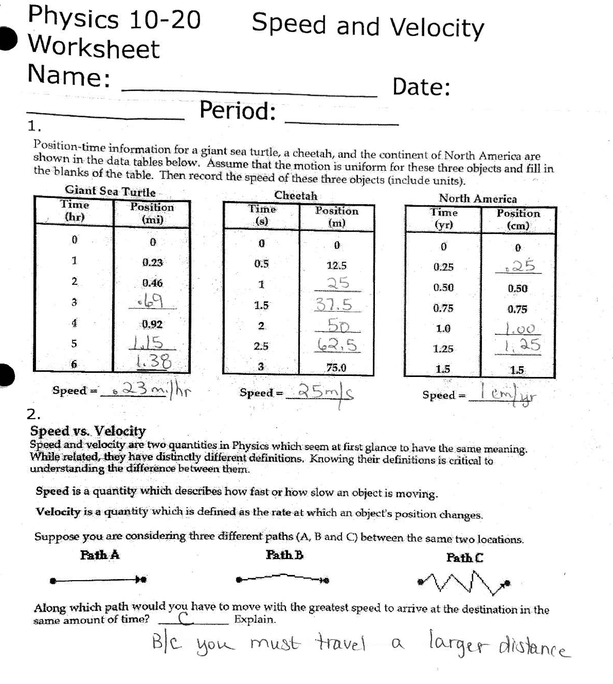
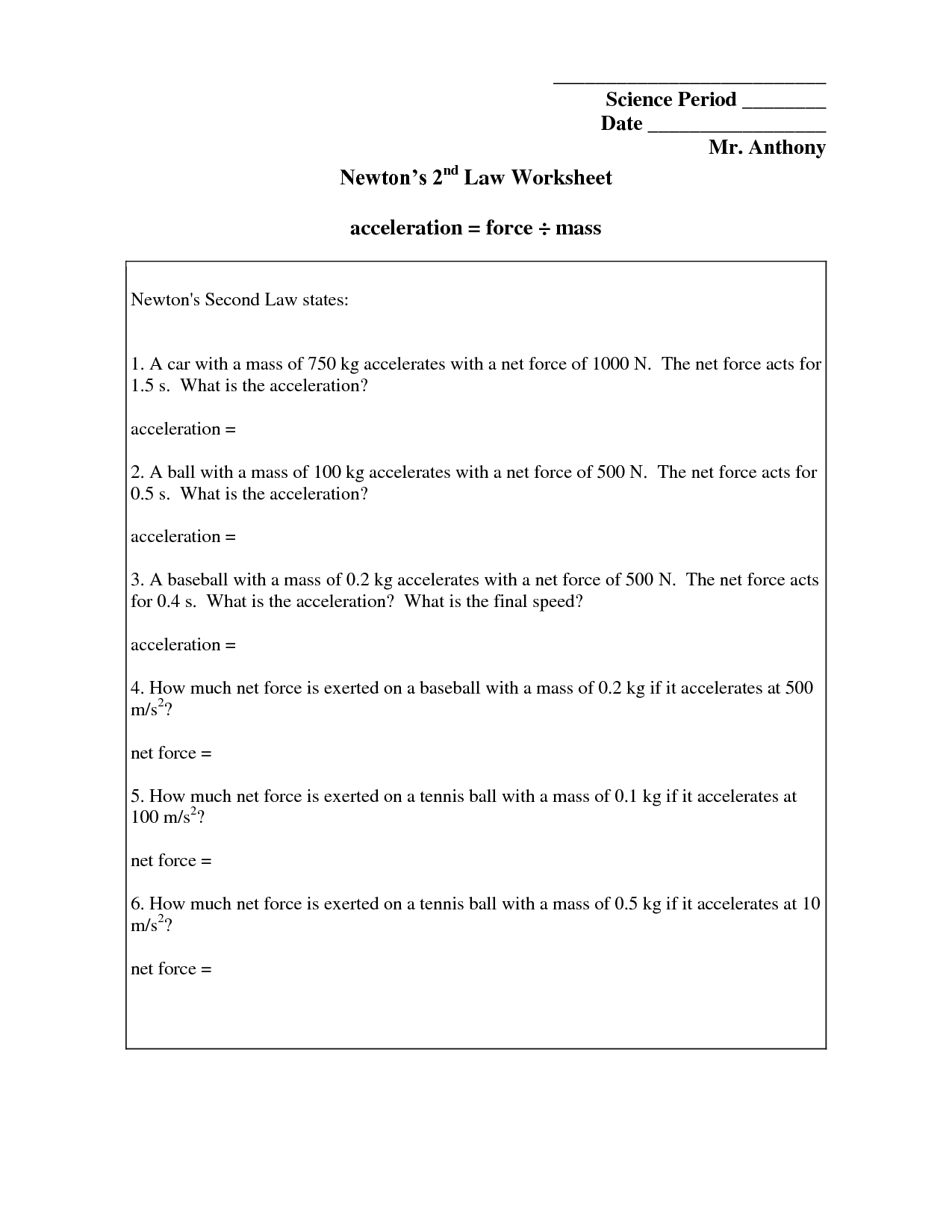

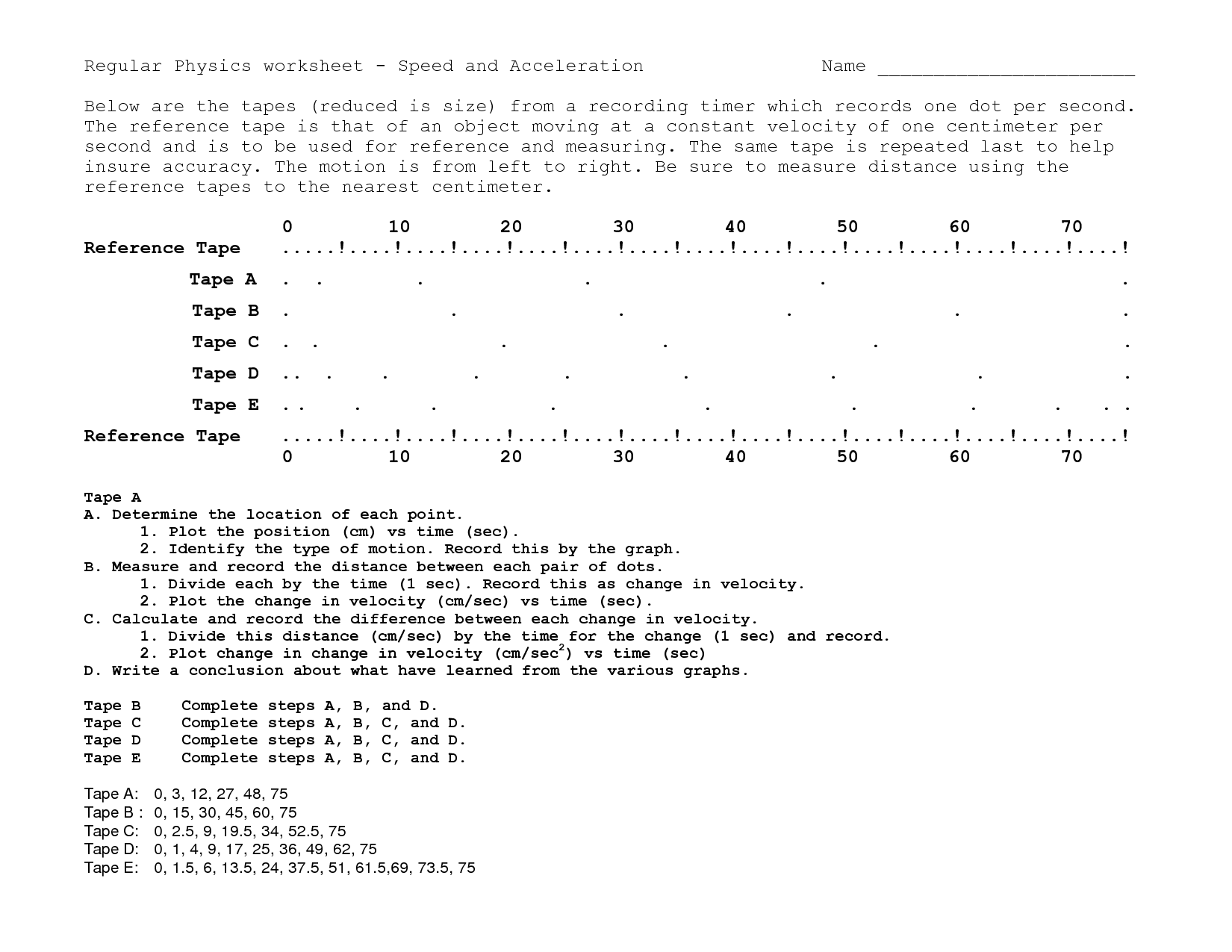
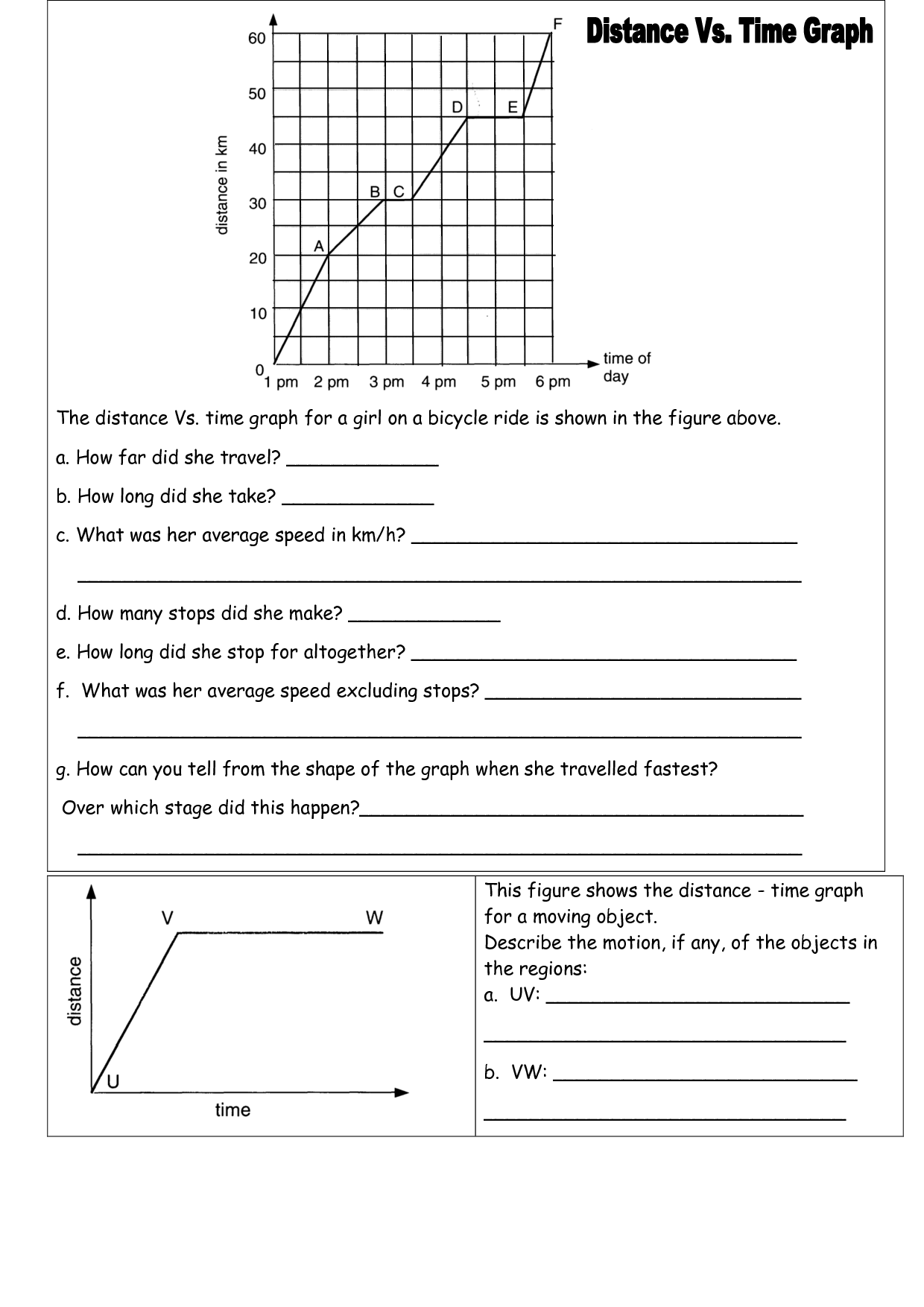
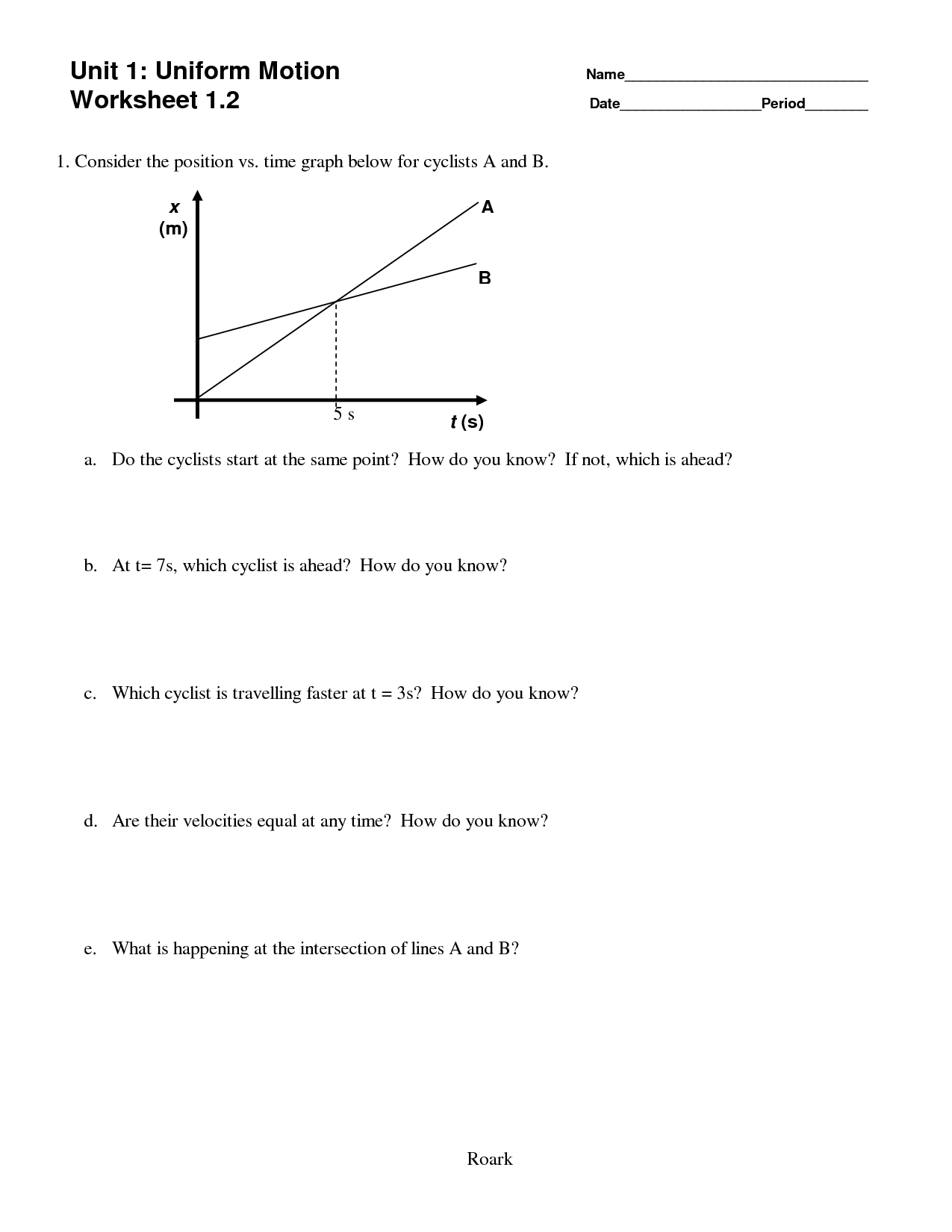
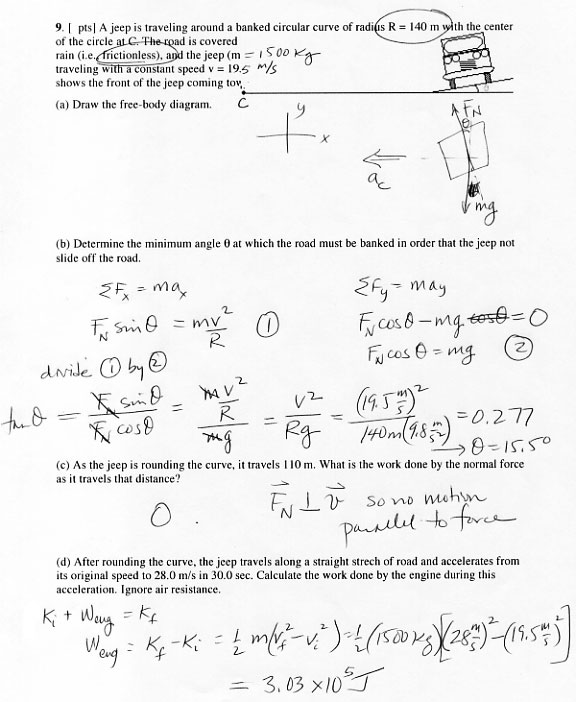
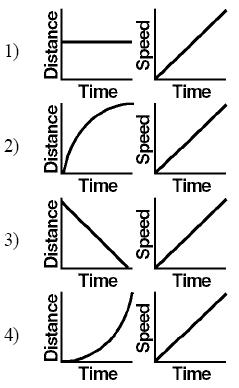
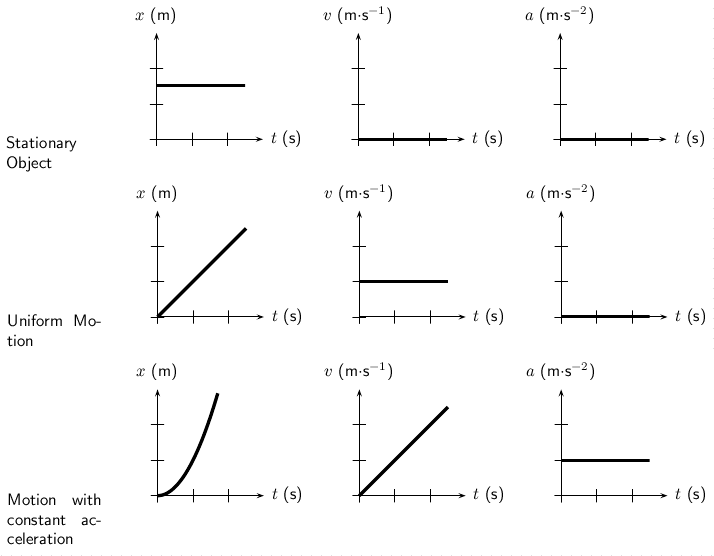
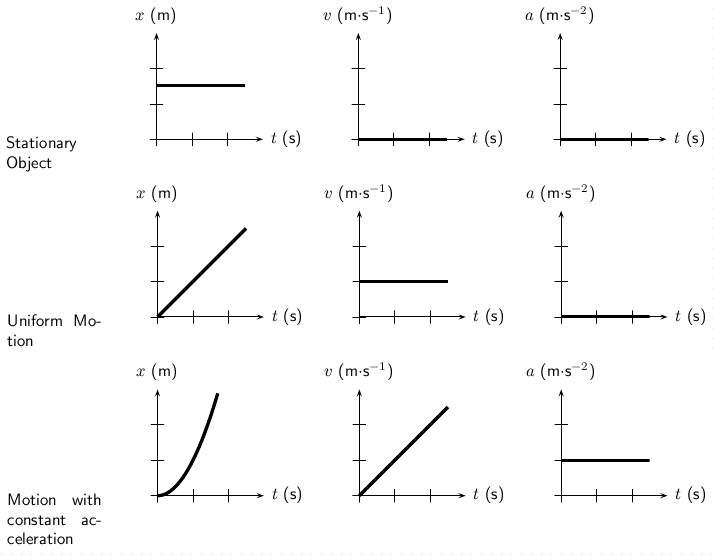
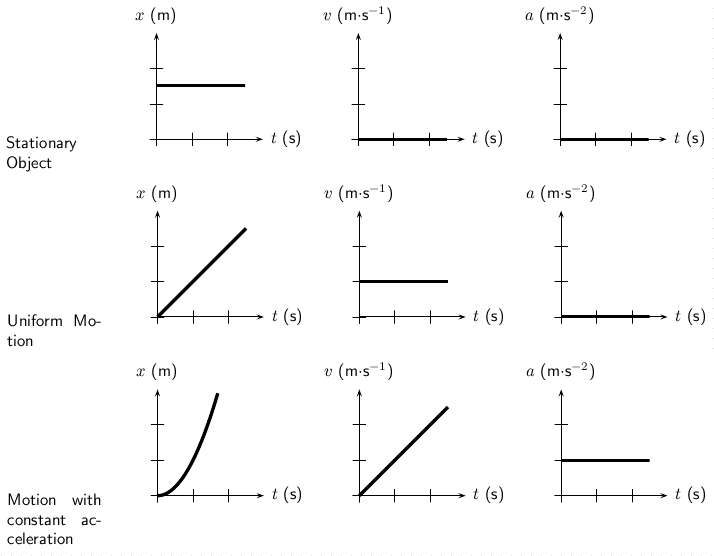
















Comments